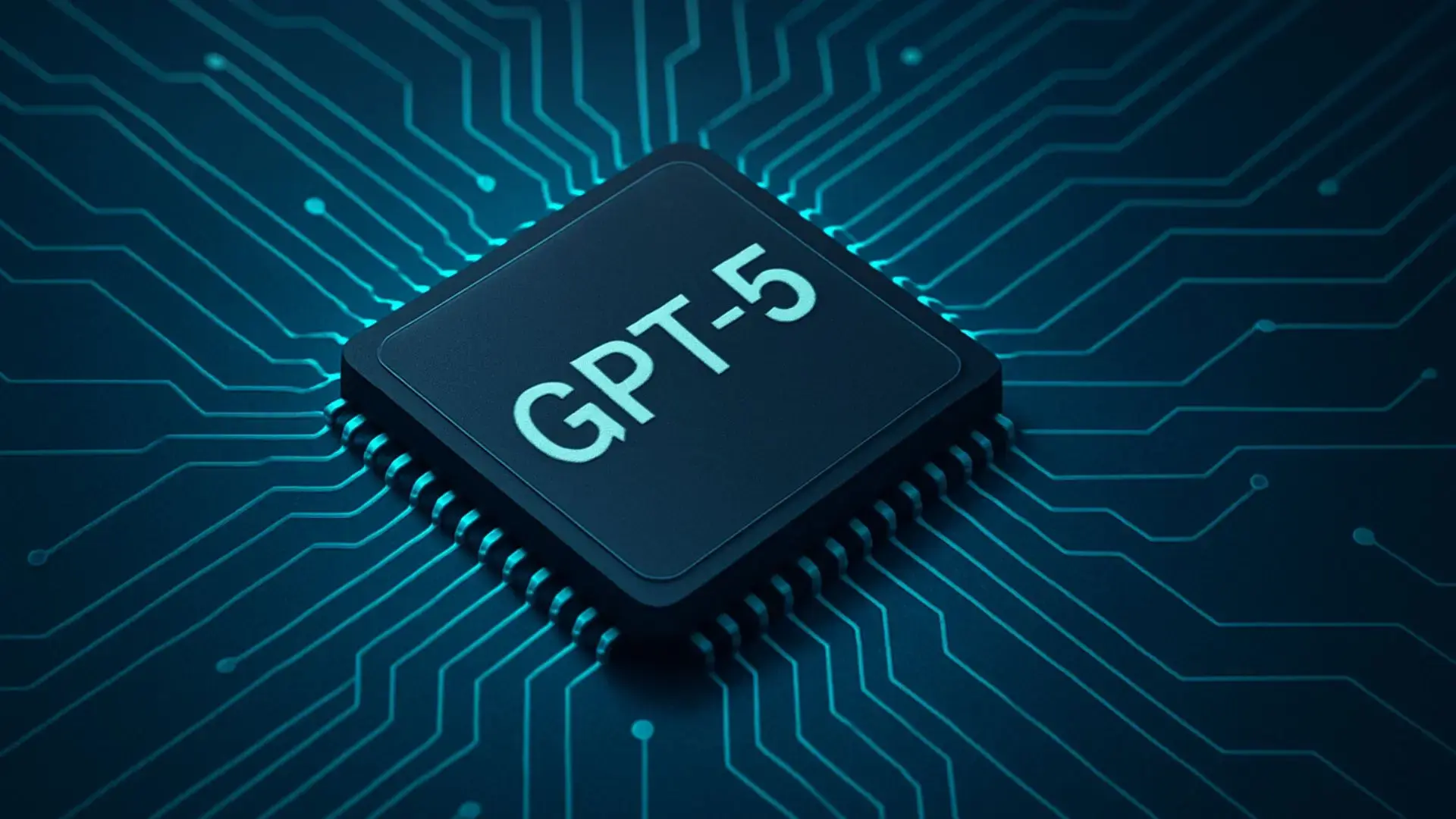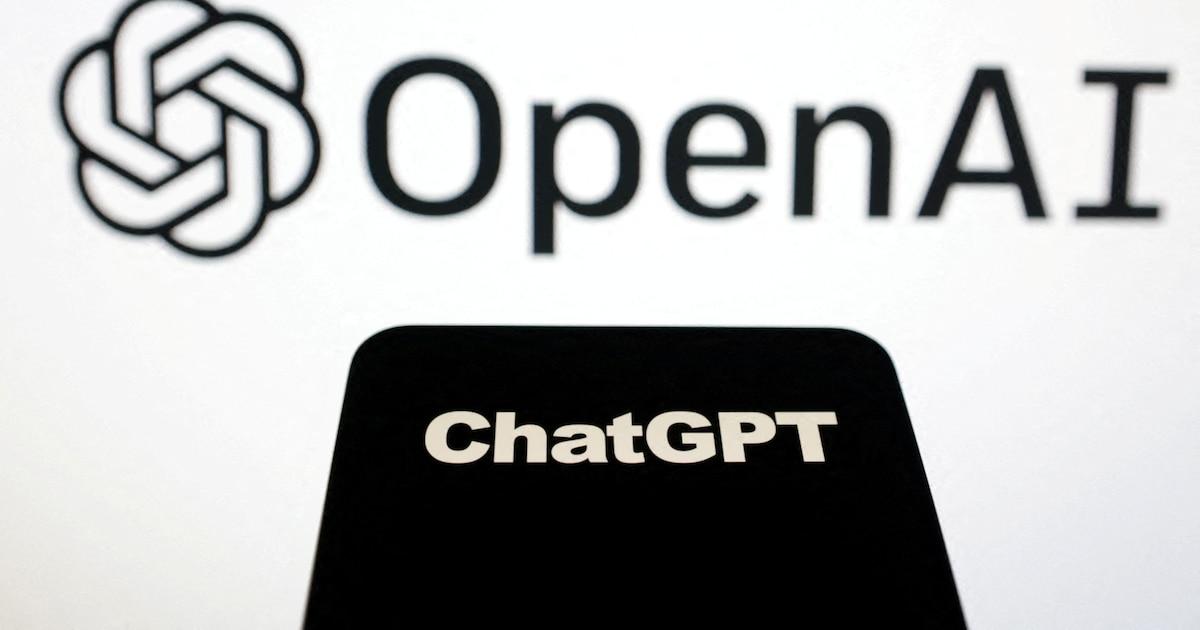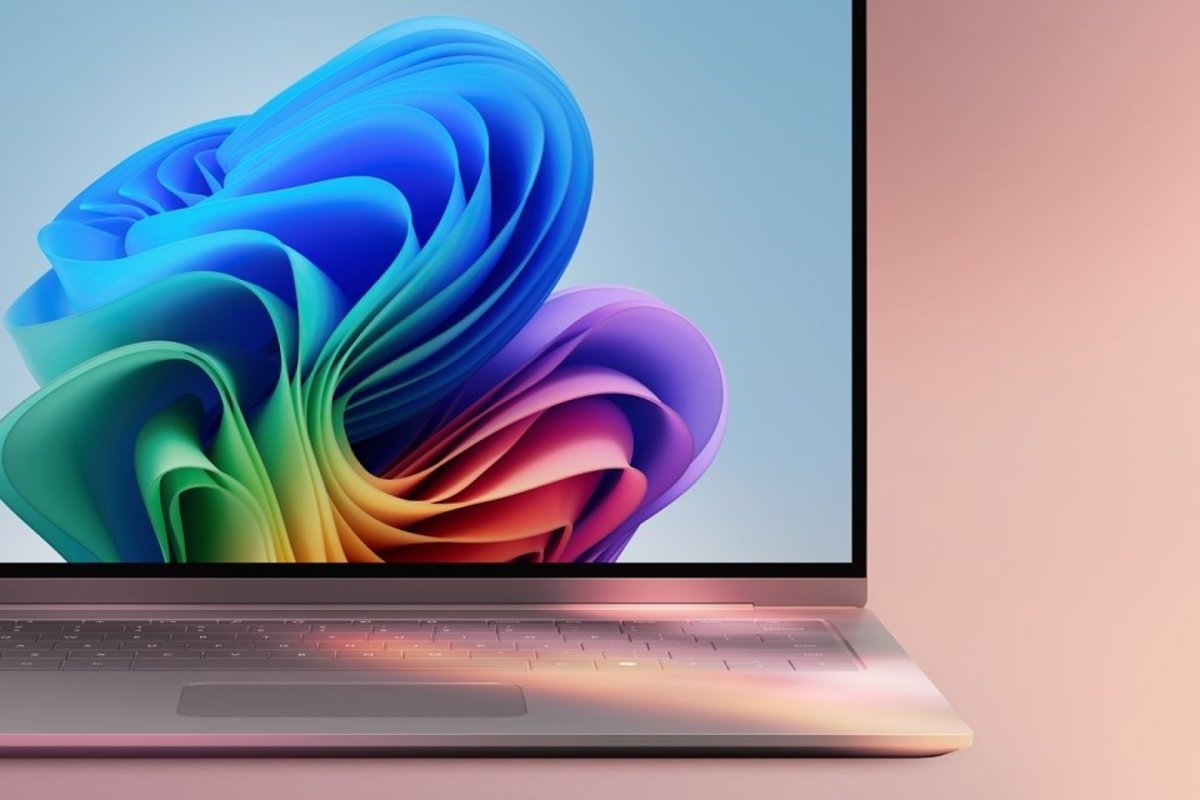- GPT-5 will be available starting in August, first for Pro subscribers and then for others.
- It will unify models and become much more multimodal, integrating text, voice, images, and autonomous actions.
- Standard, Mini, and Nano versions will be available, tailored for different uses and devices.
- Microsoft and Copilot will integrate GPT-5 from the start, further enhancing enterprise applications.

The arrival of GPT-5 has become one of the most anticipated technological events of the year, and for good reason. This new model, developed by OpenAI, promises mark a turning point in the development of artificial intelligence, both for its architecture and for the possibilities it opens up for companies, individual users and developers. Expectations have been rising As details about its launch were confirmed and early leaks showed considerable advances in performance and intelligence.
With information from sources such as The Verge, various leaks from Microsoft and statements from Sam Altman himself, CEO of OpenAI, A fairly accurate portrait of what GPT-5 will be like is already being drawn.This model not only promises technical improvements, but also a paradigm shift in the way AI systems are conceived and used.
New approach: a unified and more autonomous model

One of the The key to GPT-5 will be the fusion of capabilities that until now were distributed among different models.. OpenAI aims to simplify its catalog and offer a system capable of tackling complex tasks without having to switch between multiple versions. This unification includes the integration of the so-called 'o-series' family, noted for its reasoning ability, and will allow a Only AI can handle everything from simultaneous translation to advanced programming or image and video generation..
Long-term memory will be another of the great novelties. By increasing the token limit to over one million, GPT-5 will be able to maintain coherent conversations for weeks, analyze large databases, and recall past interactions with much greater accuracy. This will position the system as a true long-term personal assistant, capaz de adaptarse a las necesidades individuales of each user or company.
Se espera que GPT-5's integrated agents are capable of composing, sending emails, managing responses, coordinating schedules, and manipulating complex data. with hardly any human intervention, taking advantage of integrations with third-party software and optimizing efficiency in everyday or business tasks.
Modalities and availability: Pro, Plus and light models
The next launch will occur, according to leaked and confirmed data, a principios de agosto. Inicialmente, GPT-5 will be reserved for Pro plan subscribers (costing $200 per month), while Plus users will gain access shortly afterward. Other free users will be able to use the system later, albeit with some limitations in functionality and capacity.
In addition to the standard version, OpenAI will release Mini and Nano variants, designed for devices with fewer resources or less demanding tasks. These versions will be available via API, facilitating integration into custom applications, business services, and other technological environments where customized features are required.
It is also underway an open source model, similar to the current o3 mini, which is expected to be released before the arrival of GPT-5, thus providing additional tools to the developer community to experiment and build upon OpenAI’s AI foundation.
Integration with Copilot and the Microsoft ecosystem
Microsoft's involvement in the development and deployment of GPT-5 is particularly significant. Through Copilot, the AI-powered assistant built into Windows and other platforms, GPT-5 will be one of the main engines from day one. The presence of a ‘Smart mode’ In Copilot, a feature that will allow artificial intelligence to automatically decide whether to prioritize response speed or depth of analysis, without the user having to manually choose between different modes or versions.
This means that in tasks such as research, writing or generating ideas, The system will select the best strategy autonomously, will optimize results and will facilitate the user experience for all types of profiles: from students to professionals in the technology or business sectors.
New features: multimodality, reliability and fewer errors
Among the most striking innovations of GPT-5 are: its capacity for multimodal interaction. AI will be able to combine text, voice and image into a single conversation, allowing much more natural and complete experiences. Besides, Mechanisms to reduce so-called 'hallucinations' will be improved, that is, incorrect or invented answers that could call into question the usefulness of the system.
Sam Altman has mentioned on several occasions the importance of GPT-5 being able to better modulate your level of confidence. Recognize when you have enough information to respond accurately and when it's advisable to express doubts or request clarification.
This will look for a much more reliable and useful model., both in professional and personal environments. In addition, personalization and adaptability will be other strategic axes, allowing each user to create specific wizards para tareas such as organizing agendas, learning languages, or supporting programming, remembering preferences and relevant data based on the permissions granted.
Challenges and expectations before the launch

Training a model like GPT-5 requires a high-level computational infrastructure.Rigorous ethical oversight and security audits are necessary to prevent bias and malicious use. Although OpenAI has been cautious in managing expectations, with months of leaks and delays, all signs point to an imminent launch.
Although some technical aspects and operating details will only be known once the model is in the hands of the public, GPT-5 represents a significant evolution over previous versions, especially in contextual reasoning, handling complex instructions, and energy efficiency.
The competition continues to advance, with models such as Grok 4 by xAI, but OpenAI is betting on stronger integration and a prominent presence on partner platforms, especially with Microsoft.
Its arrival will mark a new era for conversational and generative artificial intelligence, with advances in capabilities, memory, and autonomy that promise to revolutionize interaction with digital assistants and the adoption of AI-based solutions in everything from everyday tasks to advanced business applications.
I am a technology enthusiast who has turned his "geek" interests into a profession. I have spent more than 10 years of my life using cutting-edge technology and tinkering with all kinds of programs out of pure curiosity. Now I have specialized in computer technology and video games. This is because for more than 5 years I have been writing for various websites on technology and video games, creating articles that seek to give you the information you need in a language that is understandable to everyone.
If you have any questions, my knowledge ranges from everything related to the Windows operating system as well as Android for mobile phones. And my commitment is to you, I am always willing to spend a few minutes and help you resolve any questions you may have in this internet world.

